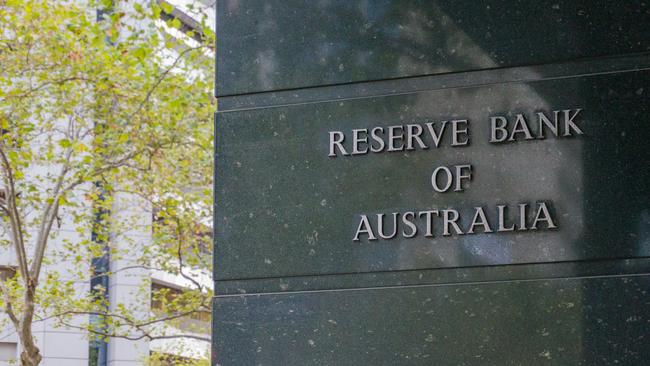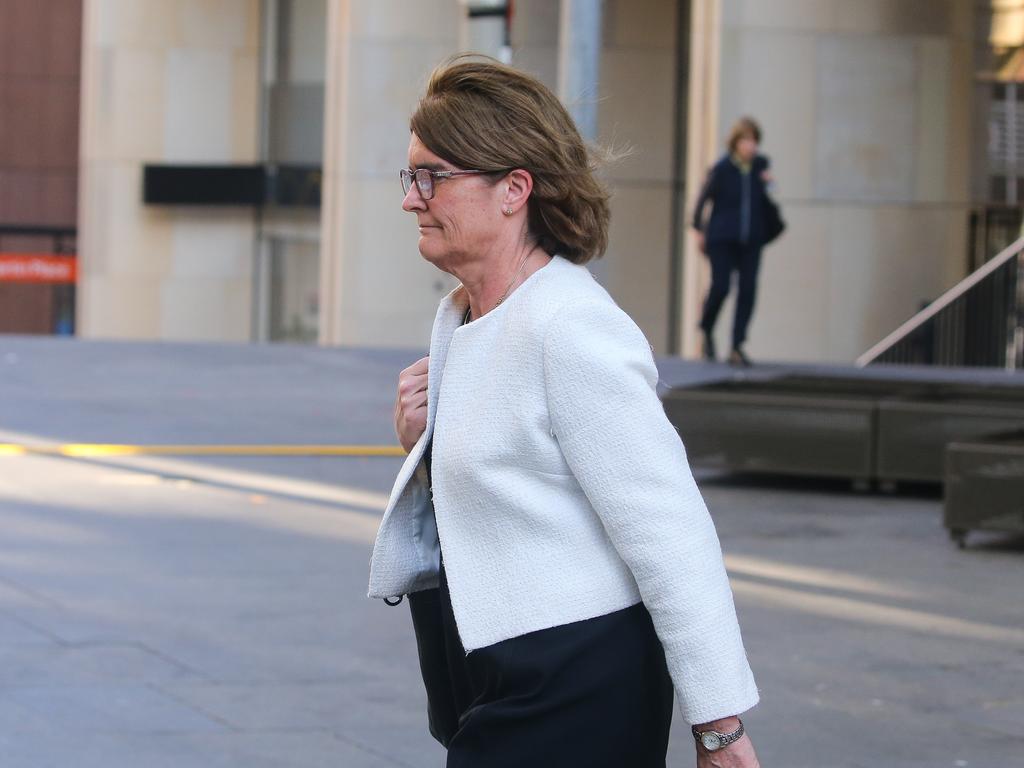Pre-Christmas rates pain still on the cards
Reserve Bank governor Michele Bullock held the cash rate at 4.1 per cent for a fourth month but warned there could be more work to do to bring inflation back under control.
A pre-Christmas rate hike remains on the cards after new Reserve Bank governor Michele Bullock held the cash rate at 4.1 per cent for a fourth month but warned there could be more work to do to bring inflation back under control.
Tuesday’s decision came as no surprise to economists and investors, and provided relief to mortgaged homeowners who have seen their loan repayments jump by 50 per cent since the RBA board began lifting rates in May last year.

In the accompanying statement, Ms Bullock stuck close to the script of her predecessor, Philip Lowe, saying that “returning inflation to target within a reasonable time frame remains the board’s priority”, and that “some further tightening of monetary policy may be required”. She said, this depended on “the data and the evolving assessment of risks”.
Speaking in Hobart, Jim Chalmers said “the last thing Australians needed today was another interest rate rise”, adding: “Australians are doing it tough enough already because of interest rates.”
The most aggressive series of rates hikes since the late 1980s has flattened household spending and helped drive inflation down from its peak of about 8 per cent in December.
Surging fuel prices in August, however, reversed this welcome downward trend, and at 5.2 per cent, inflation remains well above the central bank’s 2-3 per cent target range.
Ms Bullock said “inflation in Australia has passed its peak but is still too high and will remain so for some time yet”.
“Timely indicators on inflation suggest that goods price inflation has eased further, but the prices of many services are continuing to rise briskly and fuel prices have risen noticeably of late,” she said, noting that the RBA expects consumer price growth will only return to the target range by late 2025.
Attention now turns to the September quarter inflation figures in two weeks’ time, which could, should they come in hotter than expected, lay the foundation for a 13th rate rise to 4.35 per cent as early as the next meeting on Melbourne Cup day.
Following the new governor’s virtually unchanged policy message on Tuesday, analysts remained broadly split over whether rates would need to go higher, but most agreed there was a “live” prospect of another move in the coming meetings.
ANZ head of Australian economics Adam Boyton said he still anticipated the central bank was “on an extended pause”, but warned that the August uptick in inflation presented a “risk that the RBA might tighten again this year or early next”.
KPMG chief economist Brendan Rynne said he was surprised that Ms Bullock had not taken the opportunity of her first board meeting to stamp her authority.
“To some extent, this no change in text, tone or dialogue should be a comforting one for the markets, government and the Australian public,” Dr Rynne said.
“It shows the new governor was aligned with the former one, and to the extent possible, her perspectives and outlook had been heard and incorporated in previous board decisions.”
Ms Bullock in her statement said “the higher interest rates are working to establish a more sustainable balance between supply and demand in the economy and will continue to do so”.
“In light of this and the uncertainty surrounding the economic outlook, the board again decided to hold interest rates steady this month. This will provide further time to assess the impact of the increase in interest rates to date and the economic outlook,” she said.
Following the release of national accounts figures since the previous meeting, Ms Bullock said “growth in the economy was a little stronger than expected over the first half of the year … but the economy is still experiencing a period of below-trend growth and this is expected to continue for a while.”
The RBA believes that monetary policy is at “restrictive levels”, but has also made it clear that it is prepared to hike again if need be.
Ms Bullock’s statement reiterated the “significant uncertainties around the outlook”, including that “services price inflation has been surprisingly persistent overseas, and the same could occur in Australia”.
“The outlook for household consumption also remains uncertain, with many households experiencing a painful squeeze on their finances, while some are benefiting from rising housing prices, substantial savings buffers and higher interest income,” she said.







To join the conversation, please log in. Don't have an account? Register
Join the conversation, you are commenting as Logout